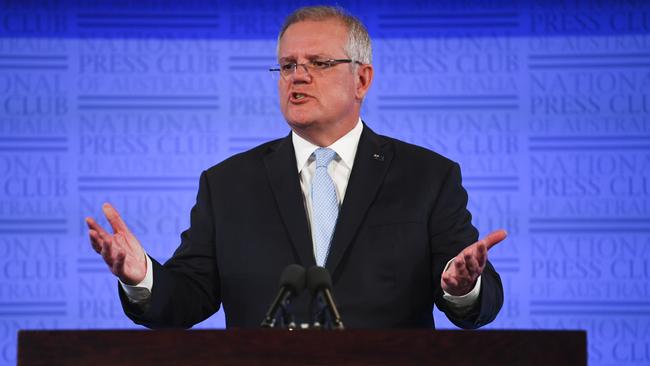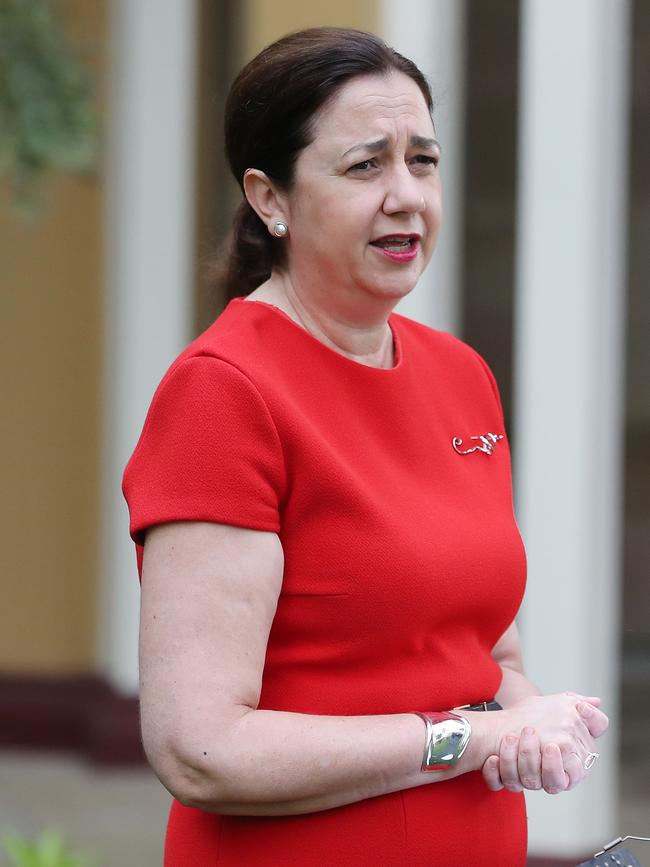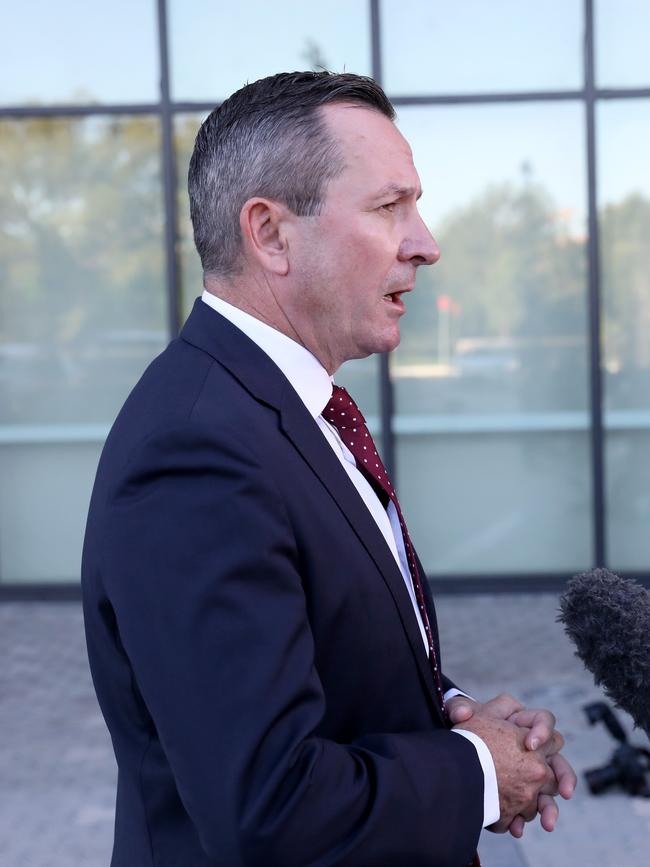Queensland and WA universities likely to miss out on international student influx
Universities in Queensland and Western Australia are likely to miss out on an influx of thousands of international students.

Universities in Queensland and Western Australia stand to miss out on an influx of thousands of international students in the next few months because their state governments are declining to take a plan to national cabinet for the return of international students.
It is understood the federal government will back a push by the NSW, Victorian and South Australian governments to bring in a few thousand students in a pilot program that will precede the anticipated large-scale return of international students in first semester next year.
But the Palaszczuk government in Queensland and the McGowan government in WA, which both face upcoming elections, have not come forward with detailed proposals to restart the admission of international students even though both states earn billions from education exports. In 2018-19 international students pumped $5.4bn into the Queensland economy and $2bn into the WA economy. Queensland’s election will be held on October 31 and the WA election is in March next year.
The federal government has made it clear that it will allow entry of international students under the pilot scheme only in states that present plans to handle the influx. State government co-operation is important to ensure that quarantine arrangements are adhered to, health checks are carried out, and transport and accommodation plans go smoothly.
The federal government has a preference for returning students, who have already completed part of their Australian course, rather than taking in new students in the pilot entry scheme.
Not only universities but also independent higher education providers will be able to receive some of the incoming students, ensuring that the private education sector also receives some benefit.

Quarantined students are likely to stay in hotels, giving a boost to the tourist industry, because most student accommodation has shared facilities such as kitchens. The federal government does not intend to bear any of the cost of quarantine which means students will foot the bill unless education institutions and state governments offer financial help.
Queensland State Development Minister Kate Jones said it was not true that her state had no plan for the return of international students. “We’re working closely with other states — including NSW and Victoria — on a back-to-business plan for the international education industry,” she said.
However the federal government is looking for a detailed proposal from states to be put to national cabinet.

The Group of Eight research-intensive universities, which are highly exposed to COVID-19 because they have high numbers of Chinese students, also have put forward a pilot plan for the return of overseas students.
Scott Morrison told the National Press Club on Tuesday that his government would “work constructively” with the higher education sector to ensure the return of international students. Universities Australia has estimated that the cost to universities in lost international student fees because of the COVID-19 travel ban is up to $4.6bn this year and more next year.
Mr Morrison downplayed the impact of the travel ban on the education sector, saying: “I note 80 per cent of the international students that come to Australia are here. They’re here. The way it’s talked about, you’d think they weren’t.”
Mr Morrison was quoting from federal government data issued in April that said 20 per cent of higher education student visa holders, corresponding to 83,000 students, were outside of Australia. However, because of the COVID-19 travel restrictions that prevent students arriving, another 90,000 students who normally would come to Australia later in the year will not arrive, apart from the few thousand likely to come in the pilot program.
International Education Association of Australia chief executive Phil Honeywood said Mr Morrison’s narrative about international students “reinforces the need for clarity around data”.
“Before key decision-makers lock in their own narrative we clearly need to better communicate the actual data,” he said.








To join the conversation, please log in. Don't have an account? Register
Join the conversation, you are commenting as Logout